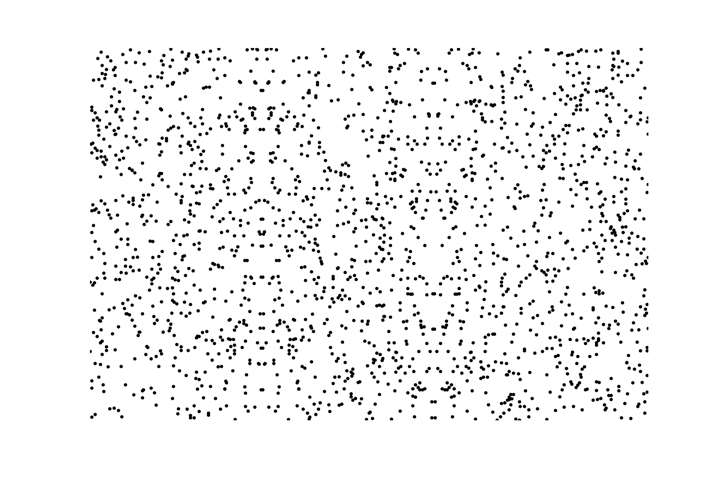Multiple Axes of Visual Symmetry: Detection and Aesthetic Preference

Abstract
Little is known about the detection of and preference for multiple simultaneous parallel axes of symmetry. Neuroscientists have suggested that the detection of symmetry occurs in extrastriate brain areas with large receptive fields. Such large receptive fields may potentially hinder the simultaneous detection of more than one axis of symmetry. In contrast, psychophysicists have found that symmetry detection occurs within small spatial windows, allowing for the concurrent detection of multiple axes of symmetry. Using psychophysical and computational methods, we aim to test whether multiple axes of symmetry can be detected in parallel and to understand the role of multiple axes of symmetry on aesthetic valence. Experiment 1 provides evidence that multiple axes of symmetry cannot be detected simultaneously. However, with relatively long temporal integration, people can detect them. Experiment 2 suggests that multiple axes of symmetry tend to increase preference. However, the preference for symmetry is not universal because, although most people prefer symmetry, others prefer complex images without axes of symmetry. We present and test a computational model that explains the results of these experiments.
Type
Publication
Symmetry